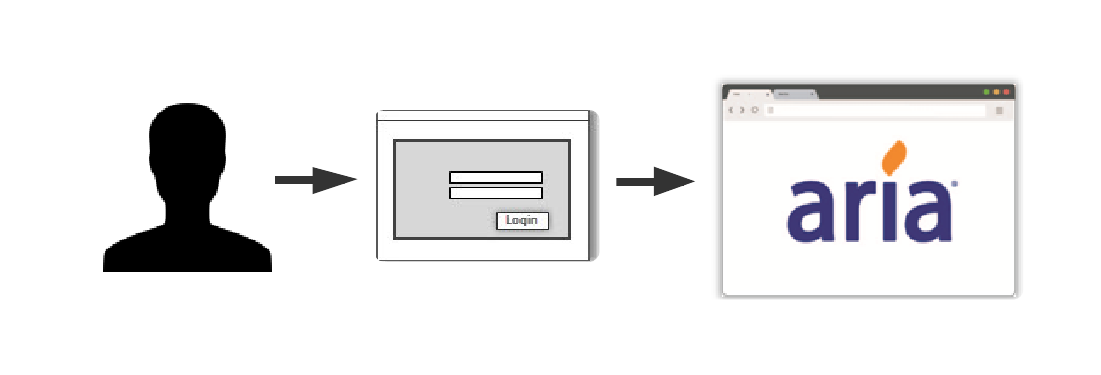Single Sign-On (SSO) Overview
Overview
Establishing single sign-on (SSO) between Aria and your applications provides a seamless user experience for your uses. Implementing SSO offers the following advantages:
- Productivity Savings
- Increased Security
- Increased User Adoption
Many applications require users to enter a unique user name and password, forcing them to remember a specific set of login credentials to gain access. While this may not seem like an issue, consider the amount of logins required when hundreds of users each have to sign-on to multiple web applications several times a day. Couple this with the fact that users often forget or misplace their login credentials, which leads to diminished productivity and potential security risks.
To address these concerns, Aria provides single sign-on support from third-party Identity Providers (IdP). Using Security Assertion Markup Language (SAML) 2.0, clients can integrate Aria with a single sign-on IdP. This allows users to log-in and log-out of Aria from a single point-of-entry, such as a corporate SSO portal.

Benefits of Single Sign-On
Implementing SSO offers the following advantages:
- Productivity Savings
With SSO in place, users are not required to manually log in to Aria. Over time, this can lead to increased productivity. - Increased Security by Limiting Risk
Less passwords to remember or maintain prevents users from forgetting or misplacing their login credentials. - Increased User Adoption
Due to the convenience of not having to remember multiple login credentials, users are more likely to access Aria on a more frequent basis.
About SAML
Security Assertion Markup Language (SAML) is an XML-based standard that allows you to communicate authentication decisions between one service and another. It underlies many web-based single sign-on solutions. Aria supports SAML 2.0 for single sign-on into the Aria application from a corporate portal or identity provider.
